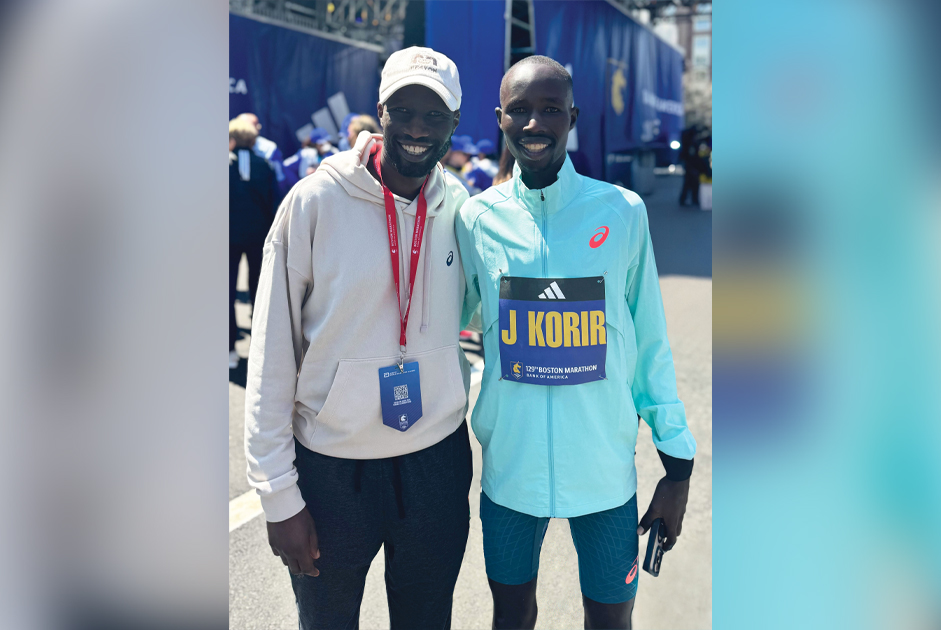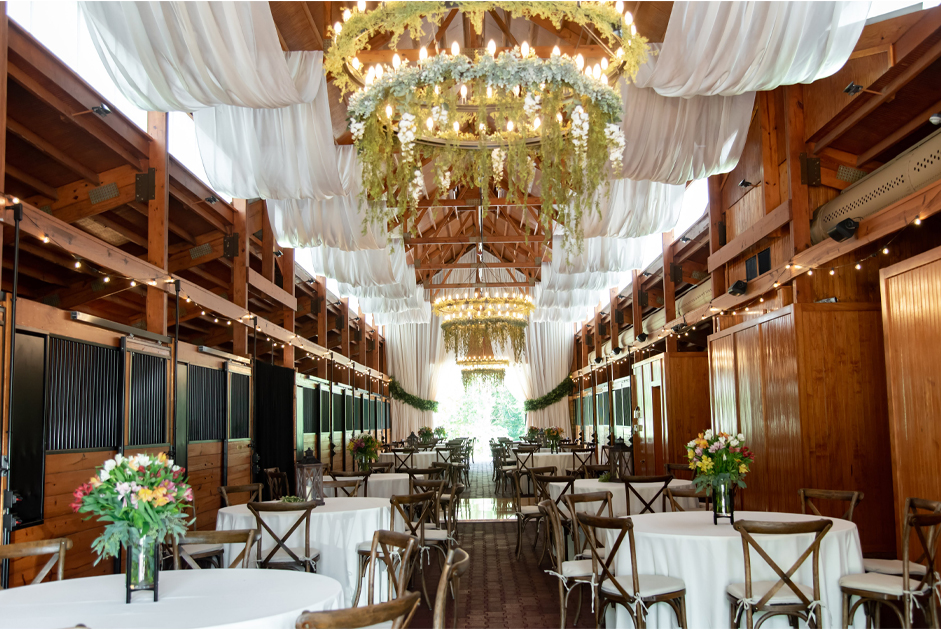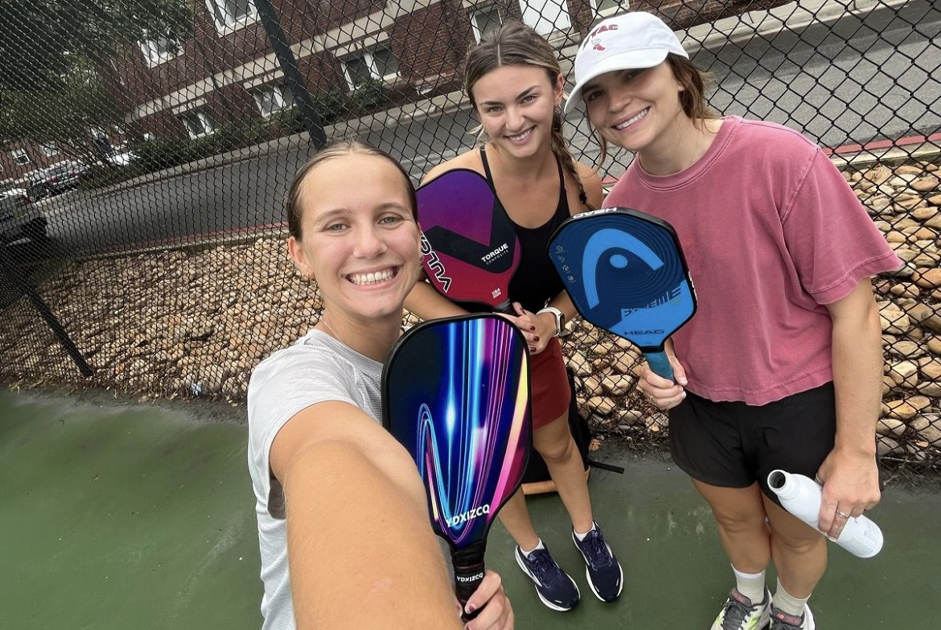As a kid, I developed the habit of chowing down my Wheaties while – ad nauseum – reading the back of the cereal box. In retrospect I understand that this habit was a way to tune out my environment…and along with it, my internal experience.
Mindfulness is the exact opposite of that checked-out response. Psychology Today describes mindfulness as “a state of active, open attention to the present.” It means having an awareness of our “right here, right now” experience while being able to observe and accept our thoughts rather than judging and avoiding them. This explanation helps me to see that my zoned-out morning ritual was about feeling sometimes frustrated, sometimes bored, sometimes overwhelmed, or a combination thereof. I wonder what difference it would have made if I had been aware of those feelings and how I might have responded based on that awareness.
Benefits of Mindfulness
Jeffrey Brantley, writing for the magazine Mindful explains that, “We all fall into habits of mind and body, of attention and inattention, which result in our not being present for our own lives. The consequences of this inattention can be quite costly. They can result in our missing some really good things, and also in our ignoring really important information and messages about our life, our relationships, and even our own health.” Studies also suggest that mindfulness or being aware of “what is going on outside, and also, inside our own skin” may play a role in relieving anxiety, stress, and even the experience of pain.
Tips on Embracing Mindfulness
We can begin to practice mindfulness by focusing our attention on the present moment, then simply being aware of what it is without trying to change it. By creating that internal stillness, we develop clarity around what we are sensing and experiencing. Those cereal morning moments are emblazoned in my memory as I consciously did the opposite – tuning things out while stuffing down my unpleasant feelings and more than likely, acting out later! The fact is that when we are present to what is and what we are experiencing, we won’t always like what we see. I know that I don’t. And yet, that is the very awareness we need to make conscious, intentional choices about how we will respond or move forward.
When you start an activity, whether it’s reorganizing your desk, or visiting a relative in a nursing home, take a few “conscious” breaths. This breathing transition will help you to direct your attention to the activity and support your desire to be present with what you are about to experience.
When you are in the middle of something – that desk reorg or that long-awaited visit – direct your attention back to your breath to sustain your focus. Notice what you are thinking and feeling.
When you are in wait mode – at a red light or standing in line for the next available Geek Squad rep, for example – go back to your breathing and pay attention to what you are noticing in the outer world as well as the world within you.
When you find your mind losing focus, be patient with yourself and return to the discipline of focusing on your breathing.
When you find yourself avoiding painful things, try not to shut down or turn away. Every human needs to learn how to be with pain when it presents itself.
When you are hard on yourself for not staying in the present, remember that this judgment doesn’t serve you. Let it go and keep breathing your way back to the moment you are in.



















